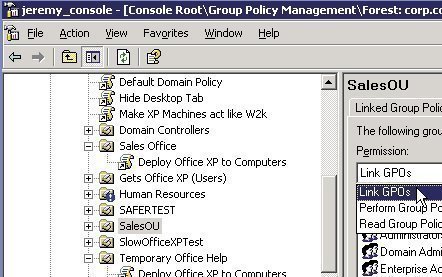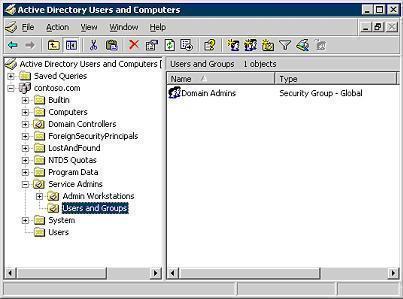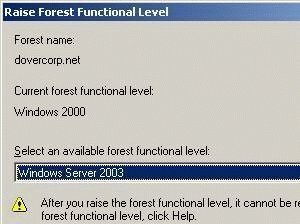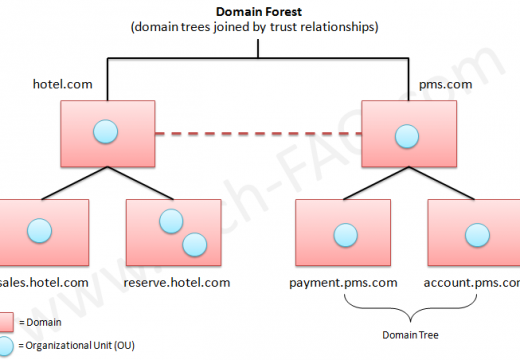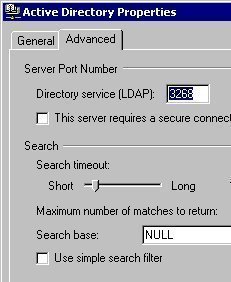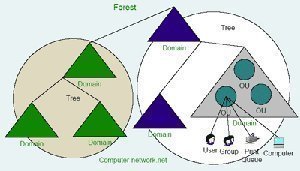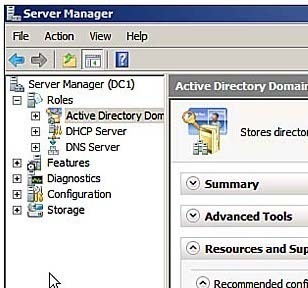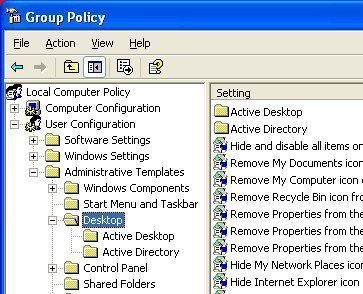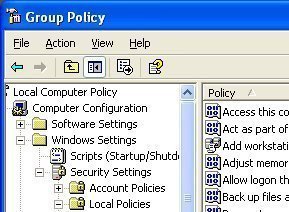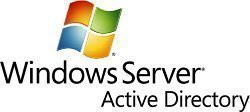Planning a Group Policy Strategy
On Overview on Group Policy Before you can consider to even begin planning a Group Policy implementation in your organization, you have to understand a few important aspects of Group Policy. Microsoft initially introduced group policies in Windows NT to assist administrators in managing the desktop configuration settings of users and computers. Windows Server 2000 …

